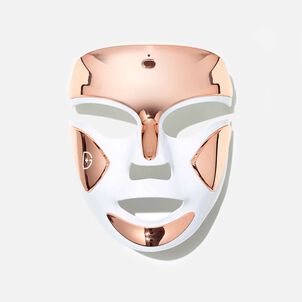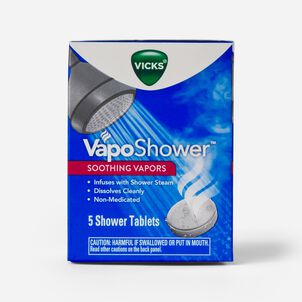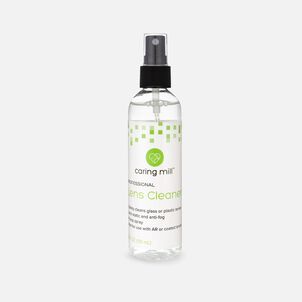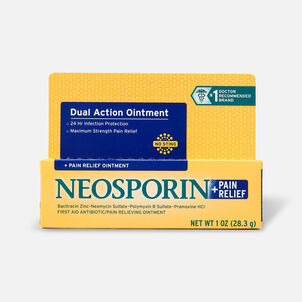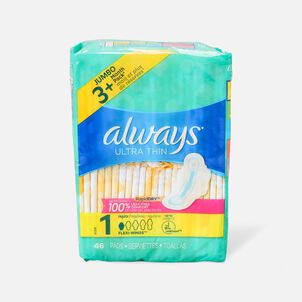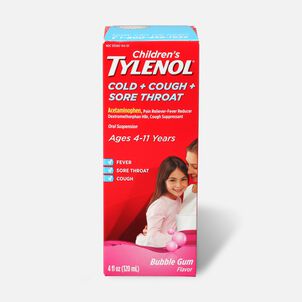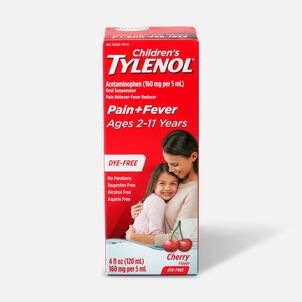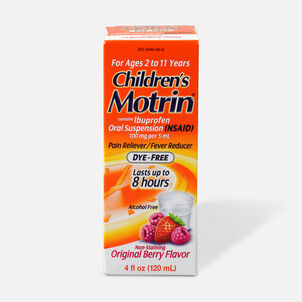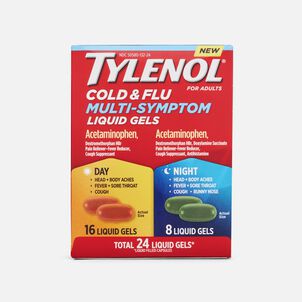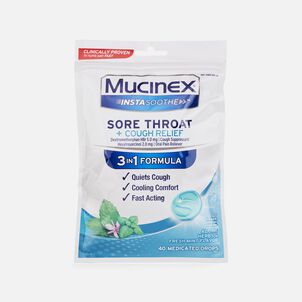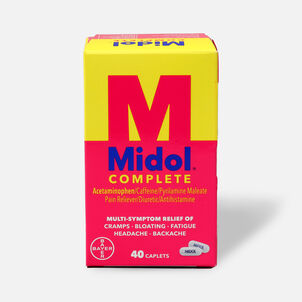 | SHOP NOW
| SHOP NOWWe rely on the sun for light, heat, and to grow the crops that feed us, plus this super-star is the nucleus of our solar system. Yet despite the myriad ways it makes life as we know it possible, unprotected exposure to the sun’s UV rays can pose a threat to both the health and appearance of our skin. In addition to increasing the risk of skin cancer, the sun plays a major role in how our skin ages, and when early visible signs of aging appear.
UVA vs. UVB rays
The sun’s energy generates several types of “rays,” including ultraviolet-A (UVA), ultraviolet-B (UVB), ultraviolet-C (UVC), infrared rays, and visible light. In terms of the skin, UVA and UVB rays get most of the attention since they cause both short-and long-term damage. An easy way to remember the main distinction between the two is that UVA rays are considered “aging” rays while UVB rays are considered “burning” rays—but there’s more to the story.
UVA rays represent 95% of the sun-generated radiation that reaches the Earth’s surface. They have a longer wavelength that allows them to penetrate deeper into the skin, and cause cellular changes that play a role in the development of visible signs of aging like fine lines, wrinkles, discoloration, and loss of firmness that can become apparent years or decades after sun exposure. This is the primary form of UV radiation used in tanning beds, since the skin “tans” as a way to protect itself from further exposure. The strength and amount of environmental UVA rays are relatively constant throughout the year regardless of season, and UVA rays are more abundant than UVB rays year-round. UVA rays can also penetrate clouds as well as glass, which means your skin is exposed to them while driving in the car or sitting near a window.
UVB rays have a shorter wavelength. They can only penetrate the uppermost layers of skin, which is why they are the primary source of sunburn—but these rays can contribute to skin cancer as well. UVB rays are strongest from the late morning to early afternoon (especially from spring through fall), but they can cause skin damage year-round at high altitudes or on reflective surfaces like snow and ice.
The aging effects of UVA rays
The main way UVA rays contribute to visible signs of skin aging is by damaging the collagen, elastin and other skin proteins that form the skin’s internal supportive “scaffolding” that’s responsible for smooth, plump, youthful-looking skin. UVA rays also cause skin-cell DNA damage that promotes the production of abnormal elastin and enzymes called matrix metalloproteinases (MMPs). Although MMPs are supposed to help rebuild damaged skin-supporting proteins, UVA-induced DNA damage causes them to malfunction and further degrade existing collagen. As skin cells replicate with “errors” and enzymes run amok, visible signs of aging ensue.
Choosing the right sunscreen
When selecting a sunscreen for daily use or prolonged sun exposure, there are two main factors to consider. The level of SPF is often the first product attribute we look at, but it's important to understand that SPF only indicates a sunscreen’s protection against UVB rays. An SPF 15 sunscreen blocks 93% of UVB radiation, SPF 30 blocks 97%, SPF 50 blocks 98%, and SPF 100 stops 99% of UVB rays from reaching your skin.
SPF rating says nothing about a sunscreen’s ability to protect the skin from UVA rays. This is why it’s imperative to look for a sunscreen that says “broad spectrum” on the label. This designation lets you know that a product is shielding your skin from both UVA and UVB rays.
However, it’s important to note that you won’t get the level of sun protection stated on your sunscreen bottle unless you apply it correctly. A daily facial sunscreen should be the last step in your everyday skincare routine, but be sure to consider these additional guidelines:
- Apply sunscreen 15 minutes before sun exposure and reapply every two hours, or immediately after swimming, sweating, or toweling-dry
- As a point of reference, you should apply one ounce—or the amount that would fill a shot-glass—to effectively protect the entire body (and reapply the same amount based on the advice above)
- In addition to applying an adequate amount of sunscreen properly following the guidelines above, seek shade when possible—especially between 10am and 2pm
- Apply sunscreen before getting dressed or putting on your bathing suit to make sure you don’t miss any spots
- Wear protective clothing such a wide-brimmed hat, long sleeves, pants, and sunglasses when possible
Even if you’re most concerned about sun-induced signs of skin aging, it’s important to remember that exposure to any type of UV light increases the risk of skin cancer. To this end, La Roche-Posay has created the ongoing SOS Save Our Skin campaign to inform the public about the dangers of UV rays and the importance of sun-safe behavior.
HSA-approved sunscreen suggestions
- La Roche-Posay Anthelios UV Correct Daily Lotion Sunscreen - SPF 70
- La Roche-Posay Anthelios Melt-In Milk Sunscreen - SPF 60 for Face & Body
- La Roche-Posay Anthelios Ultra-Light Fluid - SPF 60 Sunscreen for FacequickView
- Vichy Capital Soleil 100% Mineral Tinted - SPF 60 for Face
- CeraVe Hydrating Tinted Mineral Sunscreen Broad Spectrum - SPF 30 for Face
- CeraVe Hydrating Mineral Sunscreen Broad Spectrum - SPF 50 for Body
Thank you for visiting the HSA Store Learning Center! Don’t forget to follow us for more helpful tips on Facebook, Instagram, and Twitter!



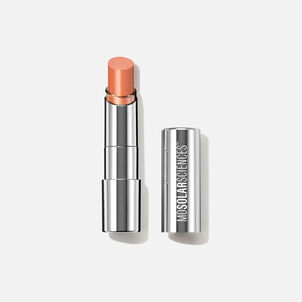













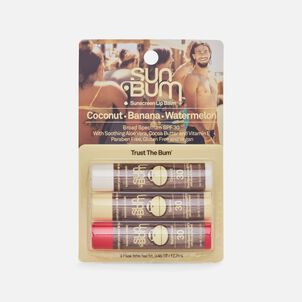
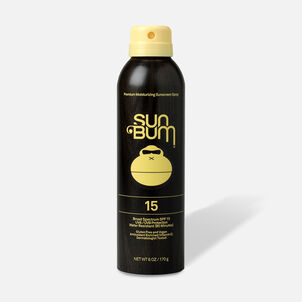


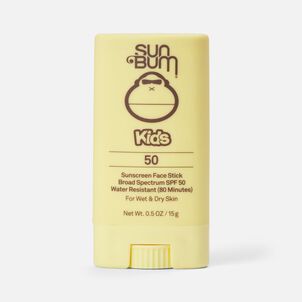
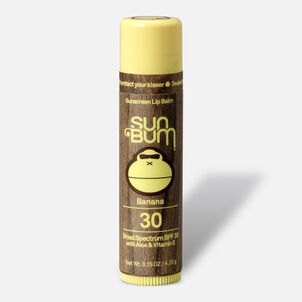
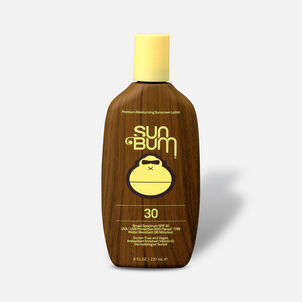
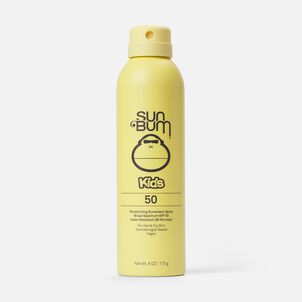
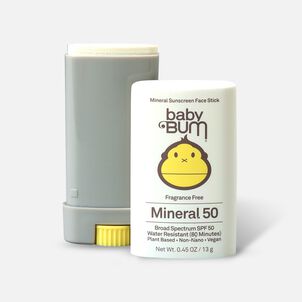
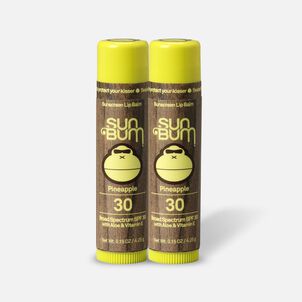

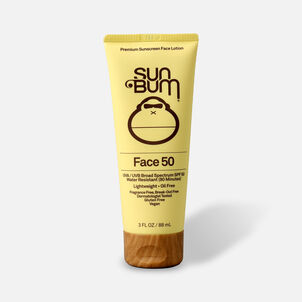





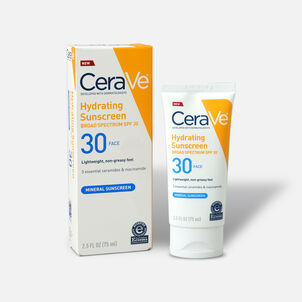
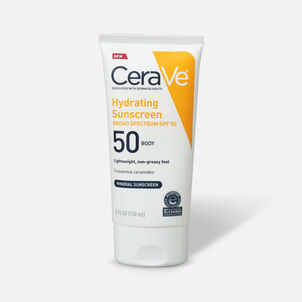





.png)
